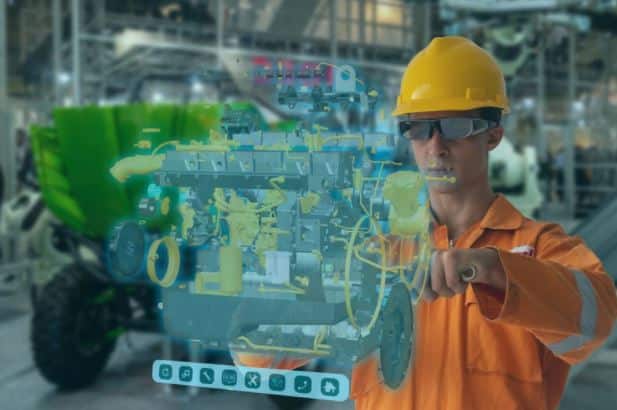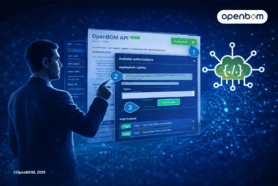
Unless you’ve been living under the rock, you’ve heard about the new cool term – Digital Twin. In my previous article Digital Buzzword Detox, Digital Twin was named as one of the terms that actually have a good chance of surviving.
Models (and Model Driven Approach)
In our world, the word Model is of great importance. The model gives an abstraction level that can be used in a virtual (digital) world to operate with both virtual and physical assets. The future of product development, engineering, and manufacturing systems is dependent on the ability of companies to build information models that can be used to organize the process.
There are many actors involved in the process – companies with specific needs, information, and processes, software vendors with their business models and existing products, demand to build standards, and many others. Digital Twin is the most fascinating and modern way to explain the future of these model-driven approaches.
So, what is Digital Twin is a simple language?
Digital Twin is a digital replica of physical assets (physical twin), processes, people, places, systems, and devices that can be used for various purposes. The digital representation can provide multiple aspects of the product behavior and representation – both the elements and the dynamics of how an Internet of things device operates and lives throughout its life cycle
To handle models during the life cycle, Digital Twin brings an architecture where its product item gets a virtual counterpart (an agent). These counterparts provide services for their physical counterparts.” (virtual counterpart is an older synonym for Digital Twin). Digital Twin is a real mapping of all components in the product life cycle using physical data, virtual data, and interaction data between them”
Bill of Materials (Aka Product Structure) – A Universal Model
Bill of Materials is the simplest and most well-understood model used for integrated processes that can become a way to move from transactional siloes to future connected processes. Manufacturing companies are drowned with tons of data in Excel files and existing PDM, PLM, and ERP systems. To capture this information with flexible data management platforms capable of connecting silos can be a way to rationalize information, processes and build Digital Twins for the future.
OpenBOM – Physical Instances Twin
The uniqueness of OpenBOM is in the way it gives companies, their contractors, suppliers, and (very importantly) customers, a way to create a digital representation of their products. In the past, manufacturers were operating on the level, which can be called – “fire and forget”, by sending their physical products to customers. This is not the case anymore. Every single company today is focusing on how to stay connected with their customers, products they use, learn how they use it, capture information, capture behavior and think about how to improve, repurpose and reuse entire products and elements of these products. From industrial machinery and cars to high-tech and electronics, customers are looking for ways to create a virtual representation of the product and connect them to real behavior.
OpenBOM online network-based platform actually provides this service – the ability to create a virtual representation of physical products sold to customers. Think about these BOMs representing each physical product and containing the information about what is included in this product, the history of changes (maintenance), and also provide online connection to this information to customers, OEMs, service providers.
Conclusion
OpenBOM provides a new type of digital infrastructure to create a virtual representation of products (digital twins) that can serve manufacturers and provide them a way to create models of their products in a virtual space in real-time. Every manufacturing company can instantiate a set of BOM objects to represent every single product (with a Serial Number) and keep the history of all changes online.
OpenBOM REST API will connect this information to telemetry, maintenance systems, technical service people, and, most importantly, will allow you to keep an entire history of changes that are happening with these products for any purpose- accounting, technical, business, and user experience. It also gives the customer of the product a new experience to use this information (eg. ordering maintenance parts) or for manufacturers to plan maintenance services.
Want to learn more about OpenBOM? Register for FREE and start your 14-days free trial.
Best, Oleg
Join our newsletter to receive a weekly portion of news, articles, and tips about OpenBOM and our community.









